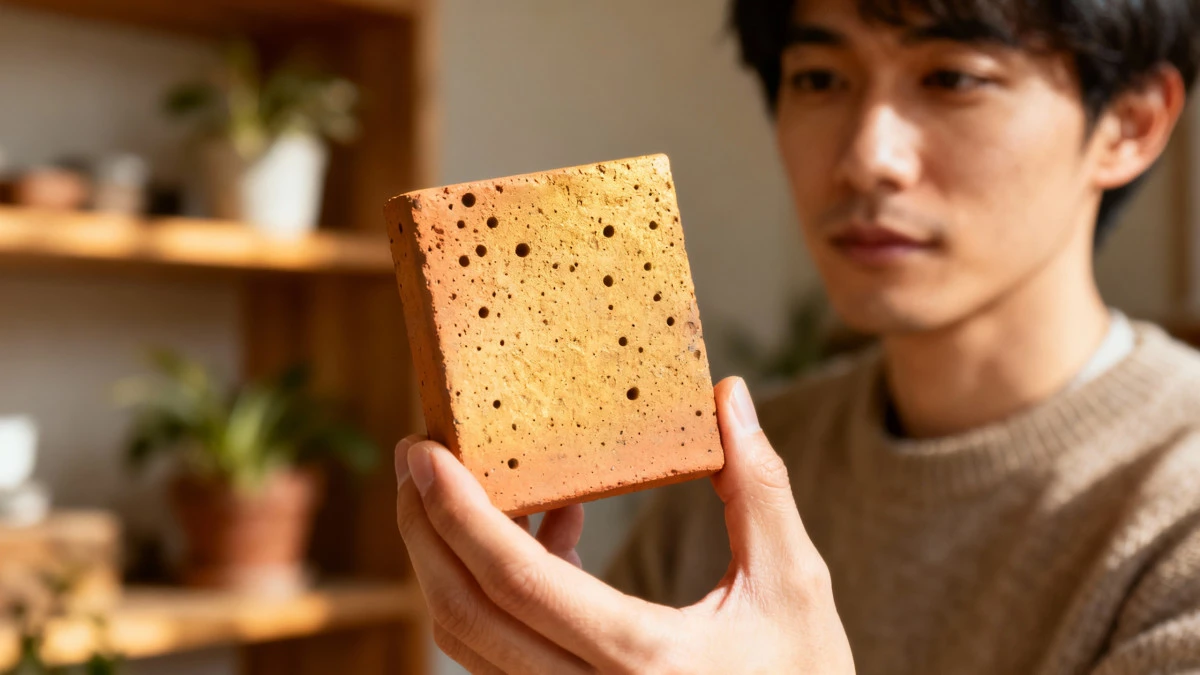Why Does My House Always Feel Damp?
Ever wondered why your home feels forever damp, especially as the temperature dips? It’s not a mysterious curse, but rather a mix of all-too-common causes. Poor insulation can let the cold seep in and create internal condensation, especially on windows. Sometimes, it’s simply a lack of airflow; maybe your kitchen or bathroom is trapping steam and letting it loiter. And when moisture settles on the walls, you start to see mold and smell those classic “musty” odors that scream ‘bad ventilation’ louder than your smoke alarm after a cooking mishap.
Add in micro-cracks in outer walls, or dozens of thirsty houseplants, and you’ve got yourself a recipe for a home that feels more swamp than sanctuary. Suddenly, everything feels muggy, and getting cozy seems like a dream.
Chemical Dehumidifiers? Or Nature’s Own?
When faced with damp discomfort, the lure of store-bought chemical absorbers is strong. But there’s plenty of natural methods that can purify your air without risking your health or burdening the environment. These simple, non-polluting products are often cheaper to boot, and they don’t slack off in the results department.
- Coarse salt (the kind you find for kitchens) is a classic solution that’s been sopping up excess water in homes for generations.
- Another Japanese tip: put rice in little containers and dot them around trouble spots—though these simple tricks can get overwhelmed if dampness is high or persistent.
That’s where the clay hack really comes into its own: easy to set up, potent, and reusable with just a bit of drying. (Sorry, ice cube fans—the “ice as dehumidifier” method only works for a cool breeze in summer, not when you want warmth and dryness in winter!)
The Japanese Clay Dehumidifier: A Game-Changer
Crushed clay’s powers as an absorbent are legendary: it’s been used to dry out soaked soil or in heavy-duty cleanups for ages. Turns out, this humble material lets you create a homemade, natural dehumidifier that’s far more effective than you’d expect at first glance. To avoid disappointment, make sure your clay is of good quality and stored properly. Damp clay (or anything meant to absorb moisture) is about as effective as a soggy paper towel—take it from those who’ve discovered their wood pellets turn useless after a damp season.
So, how do you build this ingenious device? Super simple. Grab a 1.5-liter plastic bottle, cut it about two-thirds of the way down. Flip the top part over to create a funnel. Nestle a clean cloth into the neck to stop clay bits from falling through, but let collected water drip down to the bottom. Fill the funnel section about three-quarters full with crushed clay—you can often find this in the natural products section of many supermarkets or at specialty grocery stores. (A quick aside for your green thumb: if you’re propagating humidity-sensitive plants like bougainvillea, controlling humidity is key to success.)
Pop your finished device wherever moisture strikes: bathroom, kitchen, laundry nook, living room, or even the bedroom. The clay gets right to work, absorbing moisture from the air. Water will gather in the bottle’s base—just pour it out, top up with fresh, dry clay, and your eco-friendly, reliable, and renewable solution is ready to roll yet again.
Tips for Placement & Maintenance
To get the best results, placement matters. Pay close attention to dark corners, areas near windows with tons of condensation, and any room lacking good airflow. The bathroom and kitchen are obvious hotspots, but don’t ignore your living area if it’s a bit stuffy or suffers from rising damp.
The real beauty? This trick is as simple to maintain as it is to set up. After each use, swap out the soggy clay (it’ll feel soft) for dry pieces. Pour away collected water (the sink works fine), and a quick rinse of the container will keep everything fresh. It takes literally about three minutes to recharge—then you’re good for several more days.
Crucially, the absorbed clay doesn’t lose its power if you dry it out thoroughly before reuse: just leave it in open air for a few hours or by a gentle radiator, and you’re set for next time. Easy, right?
Other Low-Cost Natural Alternatives
If you like options, mix things up with one of these methods:
- Activated charcoal for extra air purification and drying
- Coarse salt in shallow dishes dotted around the room, using its porous crystal structure to attract and trap moisture
- Experiment with mixing salt and clay in one container for a surprising double-whammy effect
These international hacks often draw on readily available resources, but clay stands out for being both budget-friendly and eco-sensitive—especially if you’re determined to permanently banish mustiness, stubborn mold, and all those nasty smells that come with lingering dampness. So go ahead and welcome winter with open arms (and dry socks). Your home’s about to get a lot cozier.

